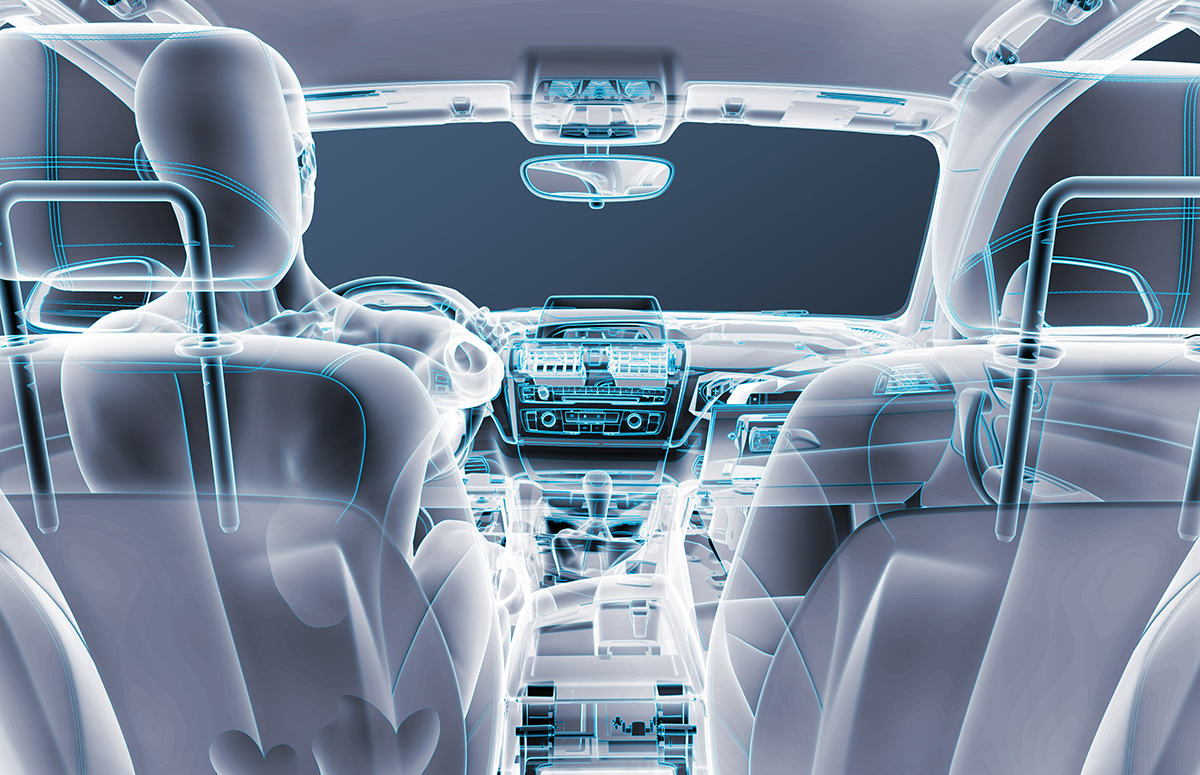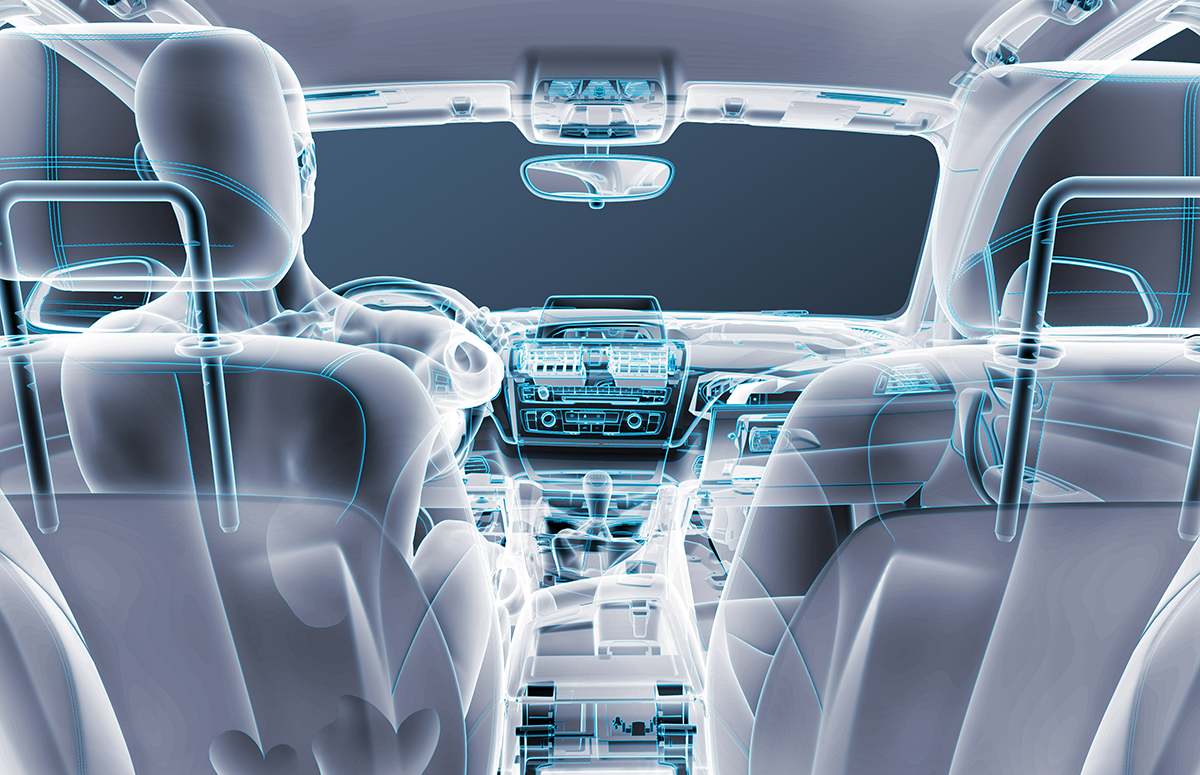Notifications
ALL BUSINESS
COMIDA
DIRECTORIES
ENTERTAINMENT
FINER THINGS
HEALTH
MARKETPLACE
MEMBER's ONLY
MONEY MATTER$
MOTIVATIONAL
NEWS & WEATHER
TECHNOLOGIA
TV NETWORKS
VIDEOS
VOTE USA 2026/2028
INVESTOR RELATIONS
COMING 2026 / 2027
ALL BUSINESS
COMIDA
DIRECTORIES
ENTERTAINMENT
FINER THINGS
HEALTH
MARKETPLACE
MEMBER's ONLY
MONEY MATTER$
MOTIVATIONAL
NEWS & WEATHER
TECHNOLOGIA
TV NETWORKS
VIDEOS
VOTE USA 2026/2028
INVESTOR RELATIONS
COMING 2026 / 2027
About Me
 Latinos Media
Latinos Media Latinos Media provides all types of news feeds on a daily basis to our Members
Posted by - Latinos Media -
on - April 20, 2023 -
Filed in - Technology -
-
479 Views - 0 Comments - 0 Likes - 0 Reviews

Driving is ubiquitous—a part of daily life for millions in rural and urban regions across the globe. Its by-products, however, are sobering. According to the World Economic Forum, transportation produces almost one-fifth of global greenhouse gas emissions. There is an undeniable need to design, develop, and implement solutions to decarbonize and transition to net-zero emissions.
Auto industry leaders are keenly aware of the urgency. The industry has attracted more than $400 billion in investments over the last decade—about one quarter of which arrived in the beginning of 2020. Most of that money has been funneled into developing technologies in pursuit of net zero. The advent of software, electrification, digital tools, and data science means that industry players—including suppliers and original equipment makers—have more tools than ever before to rethink the future of mobility.
Yansong Chen, senior vice president of strategy and technology at Ricardo—an environmental, engineering, and strategic consulting company—says advanced technologies are changing the way the industry looks at its value proposition, at a fundamental level. “They’re also changing the way that the industry perceives its role in interacting with the customer.”
 Beyond net zero: Data, design, and digital connections
Beyond net zero: Data, design, and digital connections
The rise of electric vehicles (EVs) clearly shows how change has swept across the auto industry over the past decade. Global sales of passenger EVs in 2022 exceeded 10 million for the first time ever. One in every sevenpassenger cars bought globally in 2022 was an EV, compared with just one in every 70 cars sold in 2017.
As EV adoption grows, technology and software advancements have become increasingly critical to connect customers digitally and improve their experience. “Our ability to access data and apply it to the design processes in real time is how we will change the industry, reduce costs and carbon output, personalize the driving experience, and create new value for customers,” says Chen.
However, continual advances in software require a deep understanding of how technology can be applied to the auto industry. Traditional manufacturers, in particular, need to balance legacy operations with new tools and designs. “Advanced technology and AI are helping to make cars more intelligent, but they are also changing the fundamental nature of the car, both internally and externally,” according to Luc Julia, chief scientific officer at French automaker Renault.
Therefore, bridging the gap between the auto industry and technology providers is essential. For example, Ricardo has partnered with Digital Twin Consortium, which allows it to collaborate with technology organizations such as Ansys, Dell, Lendlease, and Microsoft. The open-membership consortium is an international ecosystem of industry, government, and academic experts shaping digital twin development.
Rise of the digital twinIn recent years, digital twin technology has become an almost indispensable tool in auto production, changing how vehicles are made. Renault, for example, has modeled its physical assets into digital twins, and each factory has a replica in the virtual world. This is part of the automaker’s effort to accelerate digitization of its production lines and supply chain data across the enterprise. “By optimizing data, we are able to use AI more effectively on the factory floor and increase the efficiency of our operations,” says Julia.
Renault’s factories are fed with supplier data, sales forecasts, and quality information, powered by artificial intelligence (AI) and machine learning–thereby enabling the development of multiple predictive scenarios. For instance, predictive maintenance for robots can anticipate and address potential breakdowns across the operational chain, at each part of the assembly line, before they occur.
In addition, Renault’s Refactory initiative, which is organized around four key activity centers—Re-trofit, Re-energy, Re-cycle, and Re-start—uses digital twins to reduce its carbon footprint. “It’s not just a question of electric cars, but how the batteries are sourced and the recycling of cars and materials,” says Julia.
Meanwhile, Ricardo’s marine project NEPTUNE uses digital twin technology and AI-based predictive technology to understand how to effectively deploy EV charging infrastructure, which could boost the industry. NEPTUNE researchers are developing a desk-based decision modeling and support system (DEMOSS) tool to help reduce the planning and implementation costs of a zero-carbon energy system. The results could help EVs achieve optimal charging with a minimal carbon footprint.
Hurdles on the road to net zeroFor businesses, the challenges for reaching net zero are twofold. The first challenge is finding a way to comply with government climate regulations while maintaining their market share and existing business operations. “Auto leaders need to manage the transition from today to tomorrow, without breaking the business in the middle,” Chen says. The EU’s “Fit for 55” program, for instance, requires new car greenhouse gas emissions to be reduced by at least 55% from 1990 levels, by 2030. In the U.S., the Biden administration has introduced a 50% EV target for 2030.
The second challenge is to recognize evolving customer and investor expectations. The industry must keep pace with shifting views and trends, while remaining focused on its net-zero goals. A key issue that automakers have to grapple with, says Chen, is rollout speed: Customers today want new, improved vehicles at a much faster rate than before.
“Traditionally, in the transport industry, a refresh would occur every four years or so,” she says. “Changing expectations are disrupting how the industry fundamentally operates with customers now seeking out new models every 18 months or so.”
Mobility-as-a-service: driving in the momentAs customer expectations evolve, their mobility habits are also changing quickly, particularly for urban dwellers. Increasingly, says Chen, mobility-as-a-service is morphing into the idea that cars should be a part of lifestyles, both holistically and in the moment. Consider the use of a laptop: one day it could be used to produce a video, and on another to draw a painting. “Now we have to think about the car in that same context, and we’ve never done that before,” she notes. “We have to create these new levels of capability without jeopardizing the quality of delivery throughout the process.”
The global mobility-as-a-service market is expected to grow from about $236 billion in 2022 to $775 billion by 2029. And traditional car manufacturers don’t want to miss out on that growth. Renault’s Mobilize initiative, for instance, focuses on car usage rather than ownership, offering a range of accessible, affordable, and environmentally friendly mobility solutions.
As the appetite for mobility-as-a-service grows, data is—once again—crucial. Data can be leveraged to simulate new value propositions and provide insights on optimizing use of raw materials, creating a longer lifecycle for the product. “The beauty of today is that data is more readily available to us than ever been before,” Chen says. “It’s not new that a vehicle can create petabytes of data in a given day. What is new is that we have an ability to access it now.”
The shape of things to comeAn epochal shift in mobility is taking place amid rapid technological changes and the global climate crisis. The auto industry is using innovative technologies to support automotive design and development, while reducing carbon emissions. Traditional industry players must work hard to understand how AI and other technology can help them advance operations, meet customers’ evolving expectations, and drive new ways of creating value across their organizations.
Industry leaders need to first understand where their companies are in the net-zero journey, says Chen. “Once that is ascertained, organizations then need to understand how technology can enable a successful decarbonization strategy in every corner of the enterprise,” Chen says. And to succeed, she adds decarbonization targets need to be “quantifiable, documentable, and traceable with data.”
Decarbonization will continue to be the primary focus of auto leaders for years to come. Encouragingly, there is a high level of collaboration across the industry, with all parties keen to understand how advanced technology can hasten decarbonization, Chen says. “We’re thinking as an industry—not necessarily as individual components—and that is allowing us to think more holistically about the impact that we have on the planet.”
This content was produced by Insights, the custom content arm of MIT Technology Review. It was not written by MIT Technology Review’s editorial staff.